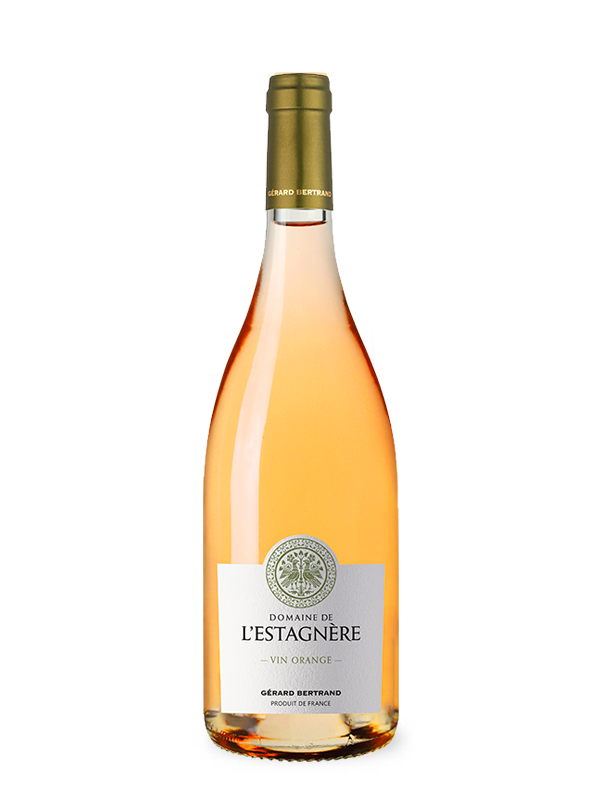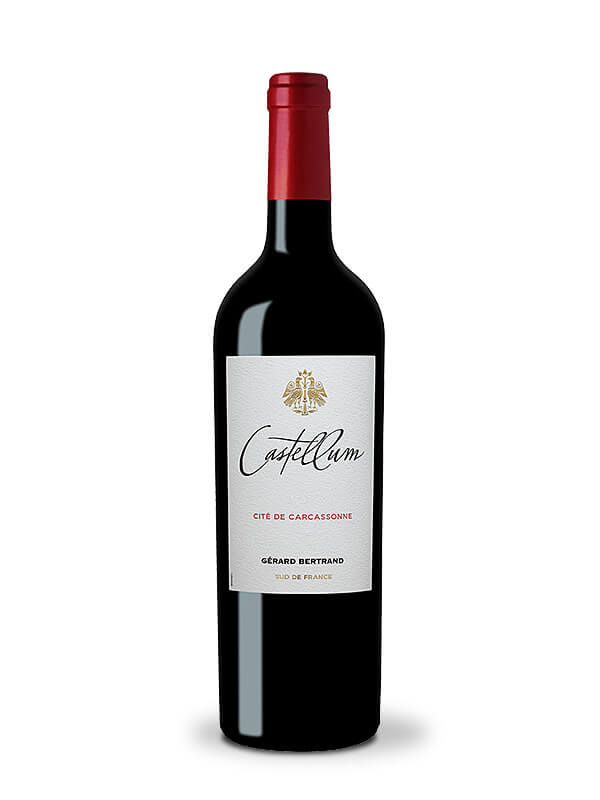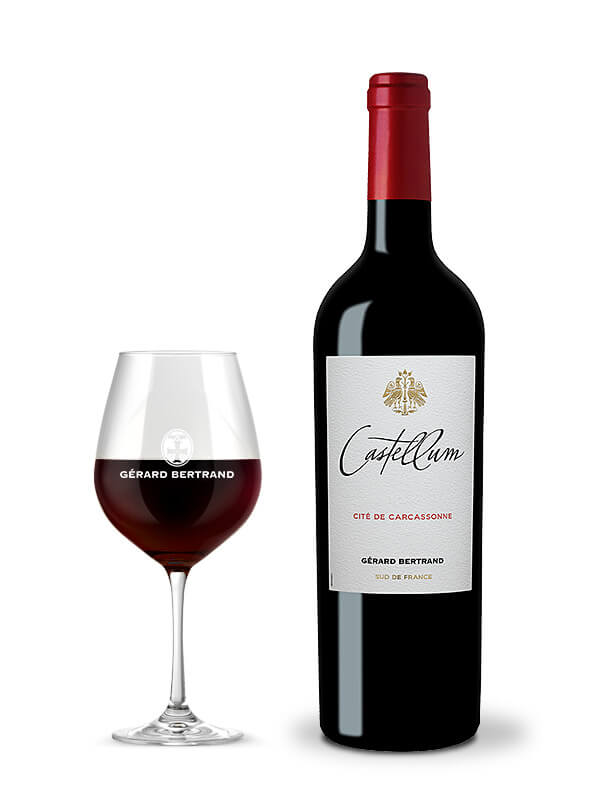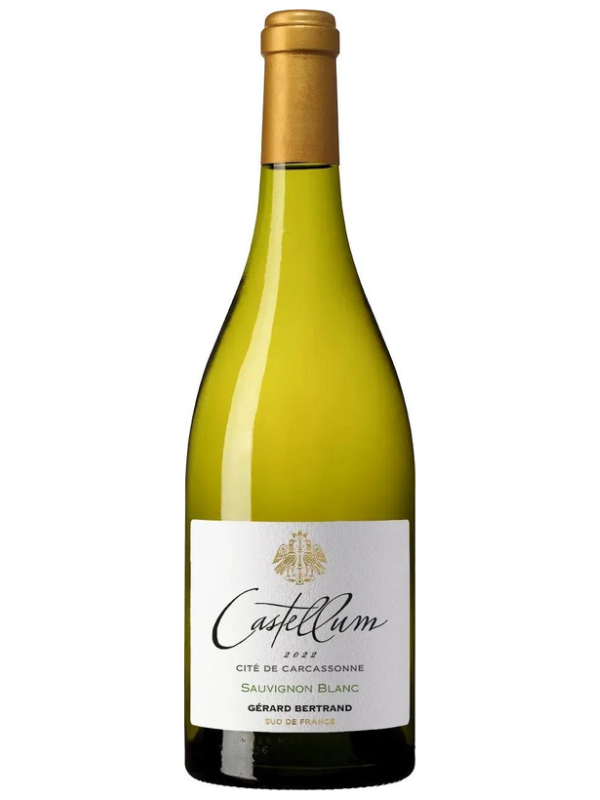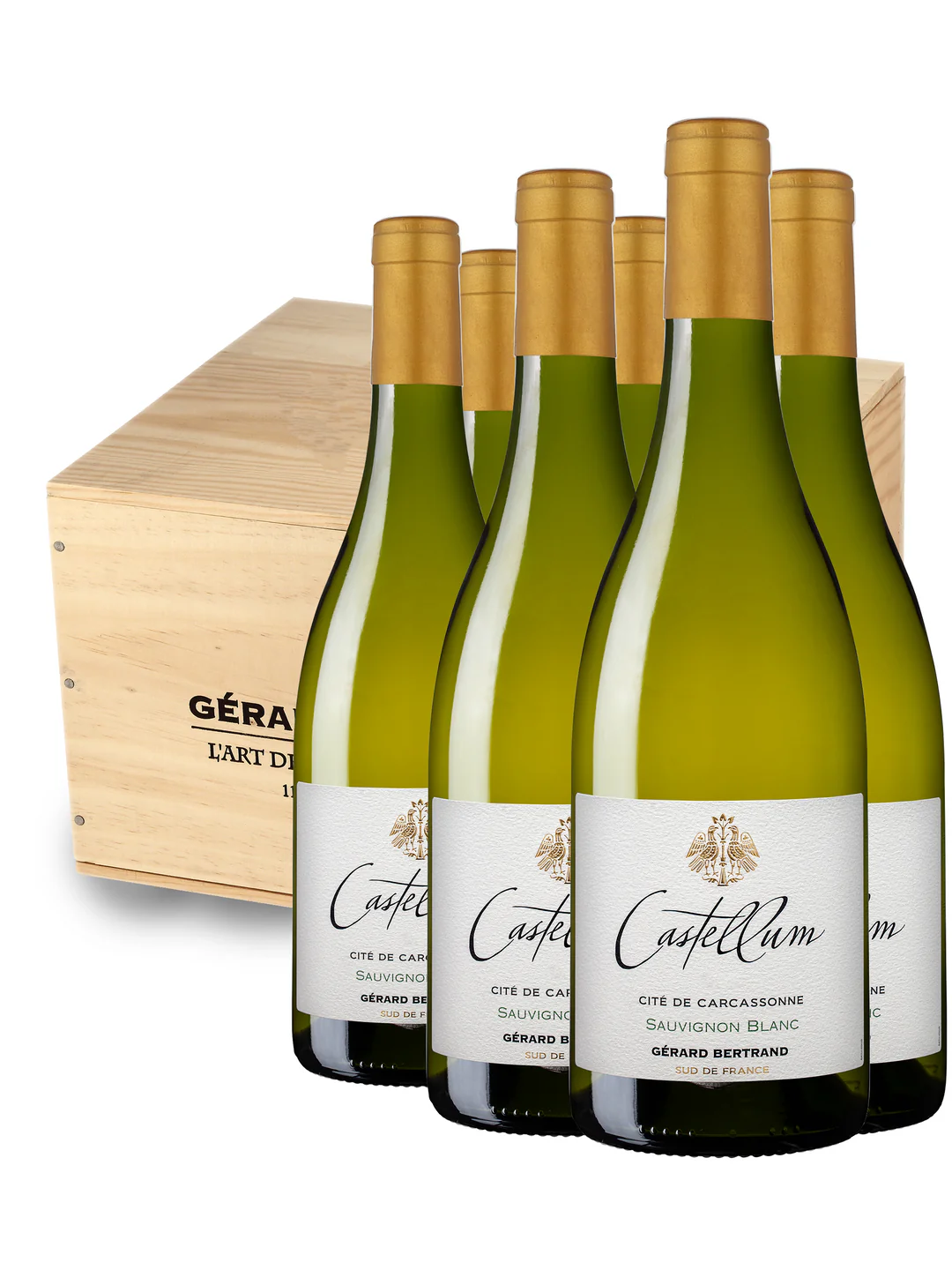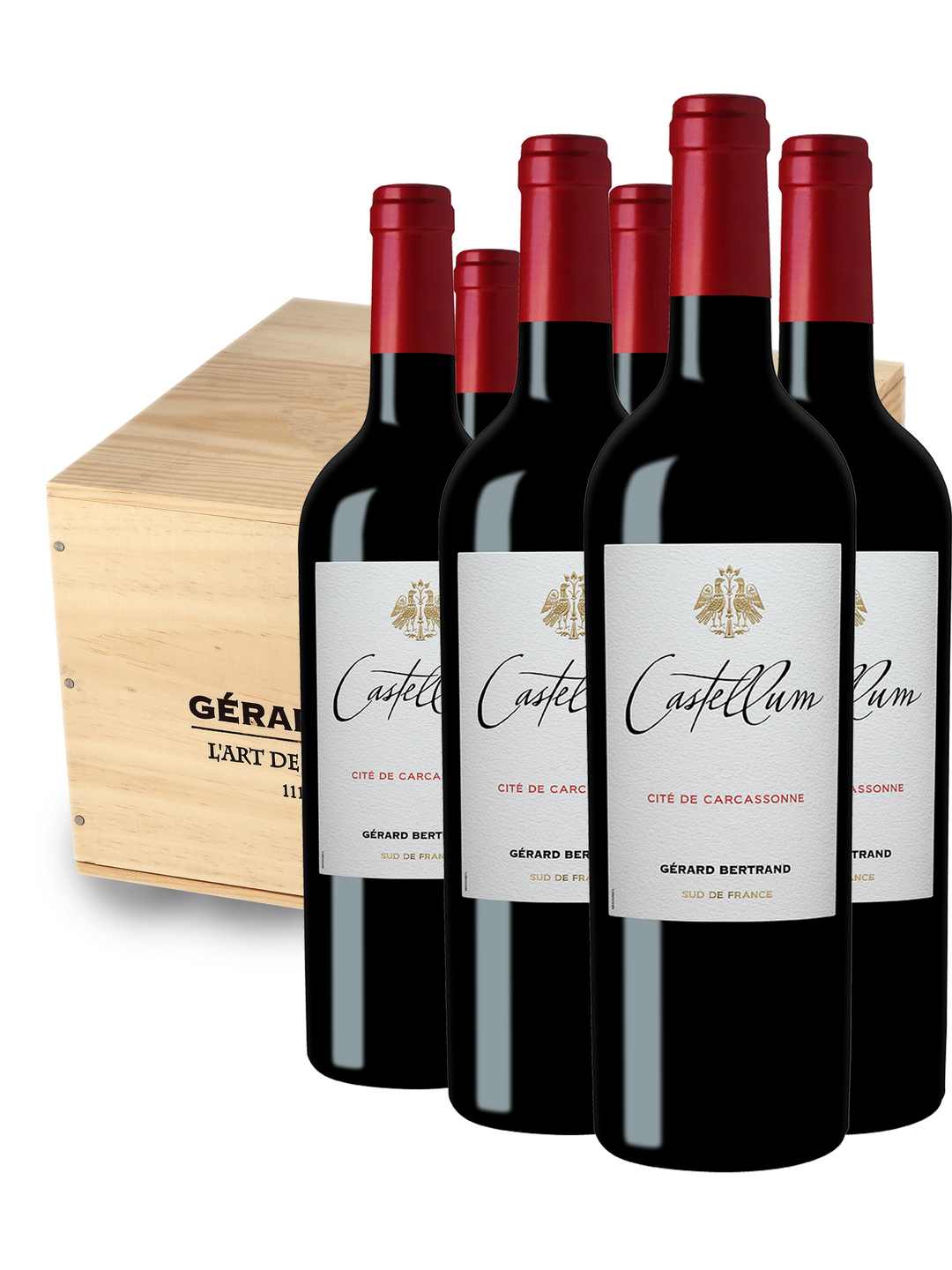Filtrer
Inscrivez-vous à la newsletter
Tenez-vous informés de toutes les nouveautés. Recevez en avant première..
Avez vous 18 ans ou plus ?
Désolé, notre site ne peut être visité par des personnes dont l'âge ne permet pas de déguster du vin. Revenez quand vous serez plus vieux.

Tenez-vous informés de toutes les nouveautés. Recevez en avant première..





